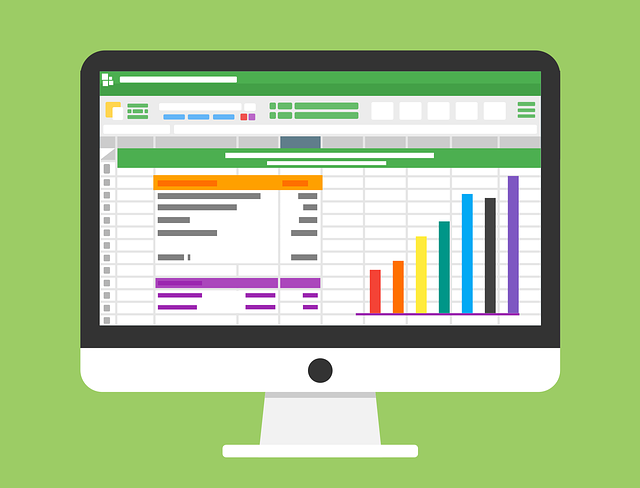If you’re a Mac user, you know how frustrating it can be when your computer starts to slow down. Luckily, there are some easy ways to speed up your Mac and keep it running like new! Here are 7 simple steps that will help get your Mac back up and running quickly:
- Update Your Software – Make sure all of the software on your machine is updated to the latest macOS version available. This helps ensure optimal performance from both Apple-installed programs as well as third-party applications installed on the system.
- Clean Up Your Hard Drive – You don’t need every file or application saved forever – clean out old files regularly so they don’t bog down performance over time! Also, make sure any large media files such as videos or photos aren’t taking up too much space in case storage becomes an issue later on down the line.
- Free Up RAM Usage– Check what apps are using a lot of RAM (Random Access Memory) by opening “Launchpad” to display your available applications > Search for “Activity Monitor” and open it > Close any unneeded apps for better speed & responsiveness.
- Close Unnecessary Background Tasks– Many applications run tasks even after they have been closed which can cause slowdown issues if left unchecked; use the “Force Quit” option under the Apple menu (top left corner) to access a list of currently active apps & quit them manually if necessary.
- Reindex Spotlight Search Indexes– Over time, search results may become slower due to indexing errors; go into “System Settings” > “Siri & Spotlight” then click the “Privacy” button, add folders that should not be indexed then hit OK before reindexing process begins.
- Disable Login Items That Slow Down Startup Time – If startup times seem unusually long each day, do the following:
Click on the Apple Icon (top left corner).
Choose “System Settings”.
Access the “General” option.
Click on “Login Items”.
Toggle the switch off to anything you don’t use or think slows down your computer’s startup process. This will disable them from loading on startup.
- Clear Out Cache Files Regularly – Delete temporary cache files created by web browsers, Adobe Flash Player plug-in etc; open the “Finder” window type “cache” into the search bar, then delete anything related to these particular programs clear way for improved speeds next time around!

